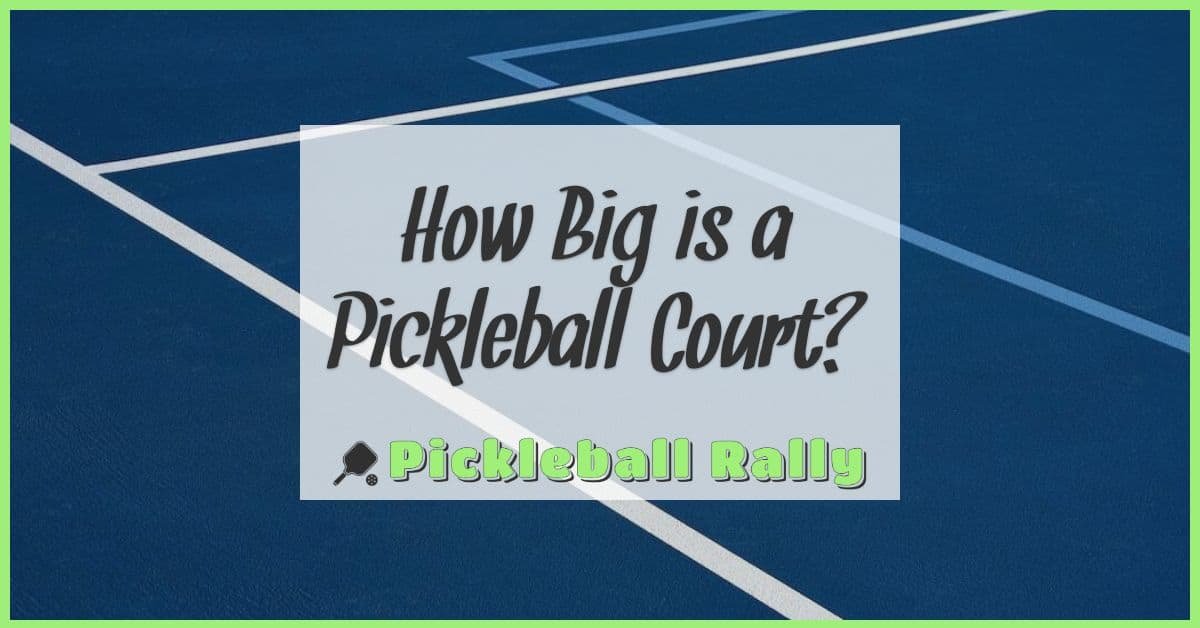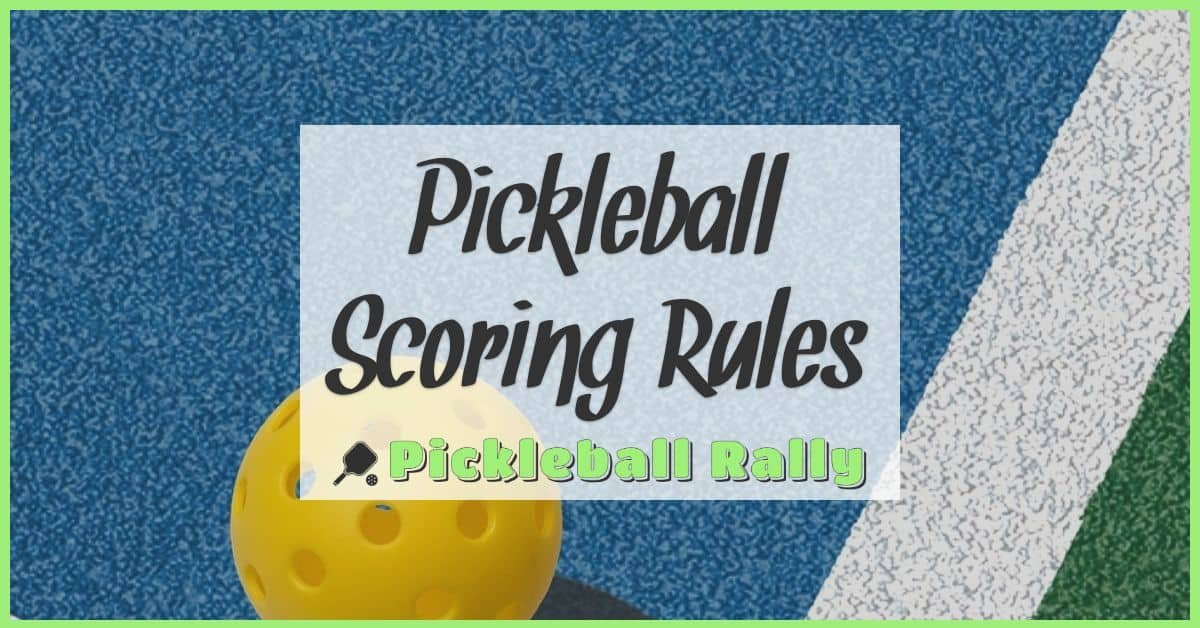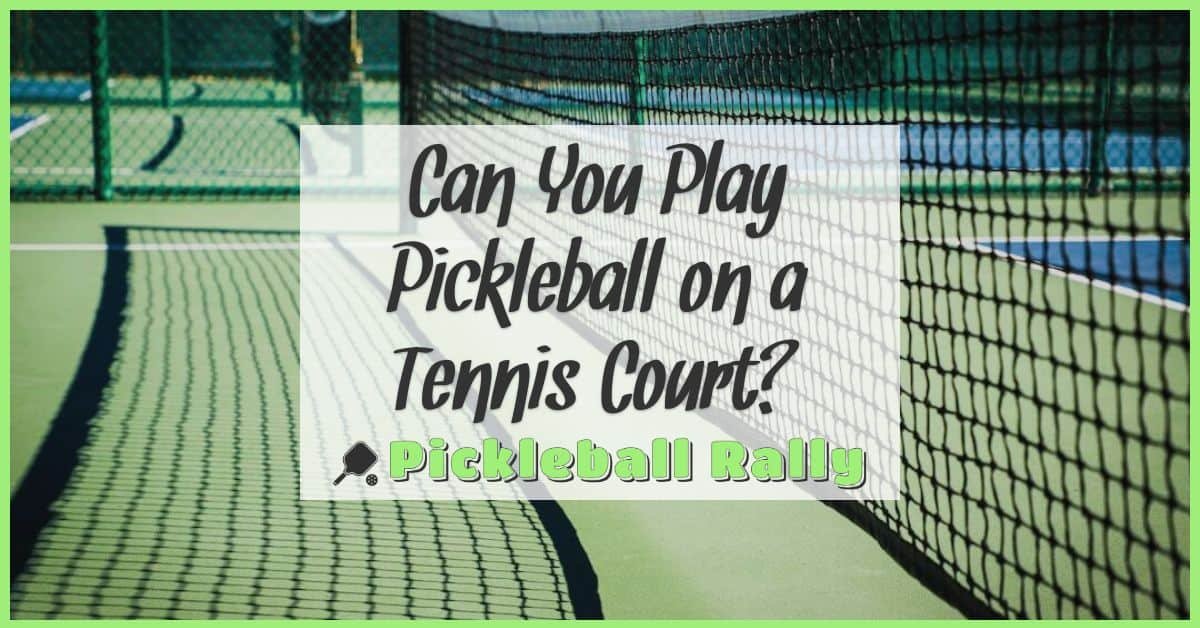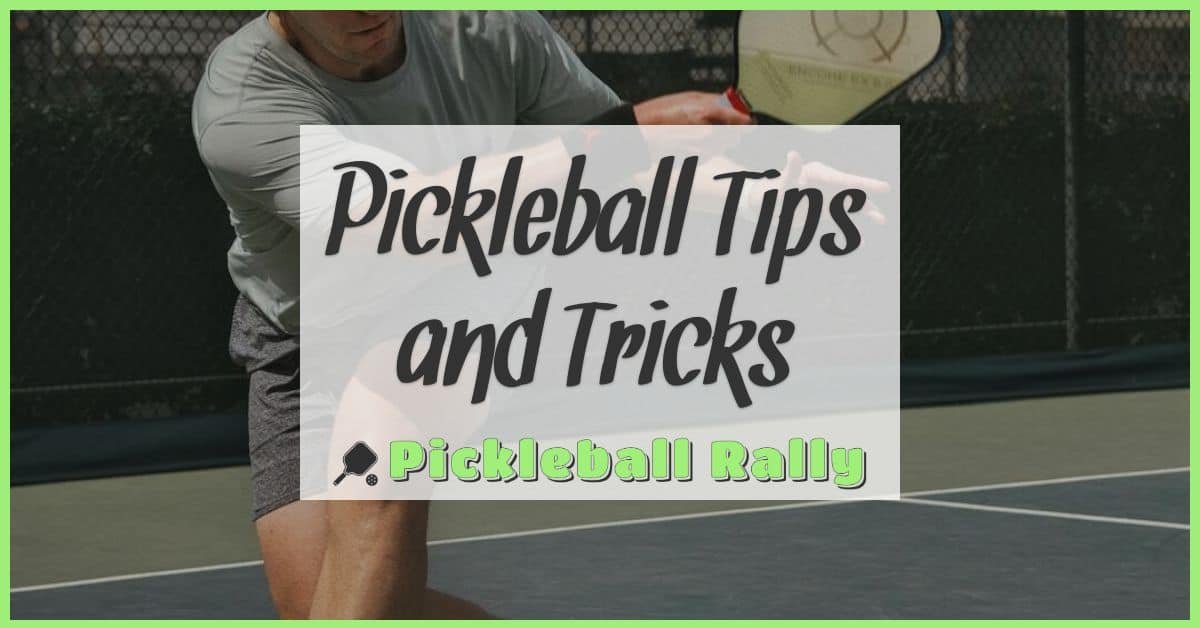Pickleball has quickly become a favorite pastime in community centers across the country. Its easy-to-learn rules and fast-paced gameplay make it perfect for all ages and skill levels. We’ve seen how this sport brings people together, creating a sense of fun and connection.
In many community centers, pickleball courts are buzzing with activity, turning strangers into friends and neighbors into teammates. It’s more than just a game—it’s a way to build stronger communities and encourage healthy, active lifestyles. Let’s explore how pickleball is shaping the social and recreational life in our local centers.
The Growth of Pickleball in Community Centers
We see pickleball thriving in community centers nationwide, attracting players from beginners to seasoned athletes. Its rise reflects how well the sport fits these local venues.
Origins and Popularity Surge
Pickleball began in the 1960s as a backyard game but took off when community centers adopted it. Rapid growth followed as facilities added dedicated courts and leagues. Interest spiked particularly among older adults seeking low-impact exercise, yet younger players joined for its competitive spirit. Today, pickleball ranks as one of the fastest-growing sports in the U.S., with the USA Pickleball Association reporting a 21.3% increase in players between 2021 and 2023.
Why Community Centers Are Ideal Venues
Community centers offer affordable access to well-maintained courts, regular programming, and social events. They foster inclusive environments where players of all ages and skill levels can learn, practice, and compete. Flexible court sizes adapt to space constraints, while group lessons and open play sessions encourage steady improvement. Plus, these centers often host tournaments that motivate players to sharpen skills and connect with others who share our enthusiasm for pickleball.
Benefits of Pickleball for Community Engagement
Pickleball sparks connections and keeps everyone moving in community centers. As a sport, it thrives on bringing people together, creating bonds that go beyond the court.
Promoting Social Interaction
Pickleball creates countless opportunities for social interaction. Players often form lasting friendships through regular games, leagues, and tournaments. Community centers host mixers and doubles matches that encourage teamwork and communication. Newcomers find welcoming environments, letting them meet others who share their passion. Conversations flow naturally between points, making it easy to build camaraderie and a sense of belonging.
Encouraging Physical Activity for All Ages
Pickleball suits all ages and skill levels, making physical activity accessible for everyone. The game’s smaller court and slower pace reduce strain, helping older adults stay active with low-impact exercise. Younger players enjoy fast-paced rallies that boost agility and endurance. Community centers offer group clinics and open play sessions designed to improve fitness and skills simultaneously. Regular play increases cardiovascular health, balance, and coordination while keeping the fun front and center.
Facility Adaptations for Pickleball
We notice that adapting community center facilities plays a key role in supporting pickleball’s growth. Thoughtful changes improve player experience and encourage more people to engage with the sport.
Court Design and Equipment Needs
We prioritize court dimensions that match official pickleball standards, which measure 20 feet wide by 44 feet long for doubles play. Using adjustable nets set at 34 inches in the center creates authentic gameplay conditions. We equip courts with smooth, non-slip surfaces like sport tiles or painted concrete to ensure consistent bounce and player safety. Adding proper boundary lines with bright paint enhances visibility for players of all skill levels. We recommend investing in quality paddles and durable, indoor/outdoor pickleballs that suit the specific playing environment. Installing permanent or portable net posts provides flexibility to transform multi-use spaces efficiently.
Scheduling and Multi-Use Space Considerations
We balance pickleball court time with other community center activities by implementing well-organized schedules. Reserving dedicated hours for open play, lessons, and leagues prevents conflicts and improves access. We coordinate with other sports and events to maximize court utilization without frustrating players. Using removable nets and portable equipment helps convert basketball or volleyball courts into pickleball courts quickly. We promote weekday and weekend sessions to accommodate diverse player availability. Offering early morning and evening slots engages seniors and working adults alike while expanding overall participation.
Challenges and Solutions in Integrating Pickleball
Integrating pickleball into community centers comes with specific challenges, but we’ve found practical ways to overcome them while enhancing the experience for all players.
Managing Space and Demand
Community centers often face court shortages during peak pickleball times. We recommend creating multi-use courts adaptable for both pickleball and other sports, using removable or adjustable nets. Scheduling dedicated pickleball sessions alongside open play helps balance demand. Reserving times for beginners, leagues, and open play ensures everyone gains court access. Expanding playing hours, including early mornings and evenings, also accommodates more players without overcrowding.
Addressing Diverse Skill Levels
Pickleball attracts players ranging from first-timers to advanced competitors. We suggest introducing tiered programs: beginner clinics, intermediate drills, and advanced strategy sessions. Group lessons tailored to skill levels improve confidence and technique. Organizing mixed-skill social games promotes learning through mentorship while keeping matches enjoyable. Encouraging consistent feedback and skill tracking helps players set goals and gain motivation. This approach fosters an inclusive environment where everyone grows their game together.
The Future of Pickleball in Community Centers
Pickleball’s role in community centers continues to grow, opening new doors for players and enthusiasts. We see exciting opportunities to expand programs and share our passion with more people.
Potential for Expanded Programming
Expanded programming creates chances for players at every level to improve skills and enjoy the game. We can build on tiered classes that range from beginner drills to advanced strategy sessions. Adding specialty workshops, like serve accuracy or dinking techniques, sharpens key areas of play. Offering regular mixed-skill social games and round-robins encourages mentorship and a supportive atmosphere. Seasonal leagues and clinics keep players engaged year-round. Integrating more adaptive pickleball options welcomes players with unique needs, promoting inclusivity. These programs help us all stay motivated, develop faster, and deepen our love for pickleball.
Community Success Stories
Communities that embrace pickleball programs see thriving player bases and strengthened social ties. One center increased participation by 45% after launching beginner sessions combined with open play times. Another facility built multi-use courts that doubled player access during peak hours and hosted expanding tournaments with players traveling from nearby towns. These centers foster tight-knit networks where new friendships form daily. We’ve heard from players who started as nervous beginners and now lead local clubs and coaching sessions. These success stories remind us how pickleball transforms lives—keeping us active, connected, and inspired every time we step on the court.
Conclusion
Pickleball has truly become a vibrant part of community life, bringing people together in ways that go beyond the game itself. It’s amazing to see how a simple sport can create lasting bonds and inspire healthier habits for everyone.
As we look ahead, there’s so much potential for pickleball to continue growing and enriching our community centers. By embracing its inclusive spirit and adapting our spaces thoughtfully, we can keep the momentum going and make sure everyone has a chance to join in the fun.









